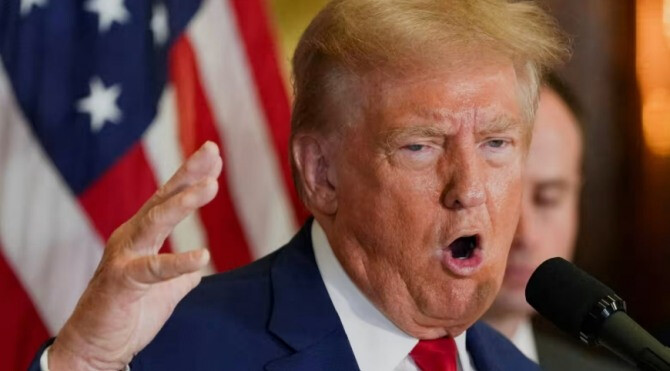
WASHINGTON — In a move aimed at reshaping the aesthetic and bureaucratic landscape of the nation’s capital and beyond, President Donald J. Trump on Wednesday signed a series of executive orders that will fundamentally alter the way federal public buildings are designed and how certain government employees are organized. The most visible of these directives mandates that new federal courthouses, government offices, and other public buildings adopt a classical architectural style. The administration framed the order as an effort to restore beauty and grandeur to American public spaces.
The executive order, titled "Promoting Beautiful Federal Civic Architecture," specifies that the classical style will be the preferred and primary architectural style for all new federal buildings. For Washington, D.C., in particular, the order makes classical architecture the "default" style, requiring special justification for any deviation. The order’s text declares that federal public buildings should "elevate and beautify the public space, inspire the human spirit, ennoble America, and command the respect of the public." This action resurrects a long-standing debate within architectural and political circles about the role of government patronage in defining national aesthetics.
This is not the first time the Trump administration has taken on the architectural establishment. In 2020, a similar, though less stringent, version of this order was drafted but ultimately not signed. The new order revives the core principle of that earlier effort, which was largely seen as a rebuke to modernist and postmodernist architectural styles that have dominated public construction since the mid-20th century. Proponents of the order argue that classical architecture, with its use of columns, symmetrical layouts, and proportional harmony, evokes a sense of timelessness, dignity, and republican values, drawing a direct line from ancient Greece and Rome to the American founding. They believe that these buildings serve as enduring symbols of the nation's democratic ideals and should not be subject to fleeting design trends.
Conversely, critics contend that such a mandate is a top-down, authoritarian approach that stifles creativity and ignores regional diversity. They argue that a single prescribed style fails to reflect the nation's diverse heritage and the ongoing evolution of architectural thought. Modern architects and designers have long held that public buildings should reflect the era in which they were built, using innovative materials and forms to express a contemporary vision of progress and civic life. The debate often centers on a 1962 set of "Guiding Principles for Federal Architecture," which called for new government buildings to "provide visual testimony to the dignity, enterprise, strength, and stability of the American Government," but also explicitly stated that "an official style must be avoided." Trump's order directly contradicts this long-held principle by establishing a new de facto "official style."
In addition to the architectural decree, the President signed a separate executive order that significantly broadens a previous directive aimed at curbing the collective bargaining rights of federal employees. The new order expands the list of agencies whose employees, for reasons of "national security," are stripped of their right to bargain collectively. This includes employees at the National Aeronautics and Space Administration (NASA) and the National Weather Service (NWS). This action follows a March executive order that applied similar restrictions to civil servants in key national security roles within the Departments of State, Defense, Treasury, Justice, and Commerce. The administration justified the expansion by stating that the measure is necessary to ensure that "agencies with national security-critical missions can execute their duties without delay and protect the American people."
The move has been met with swift condemnation from federal employee unions, who see it as an attack on workers’ rights and a pretext to weaken labor protections. They argue that collective bargaining does not hinder national security but rather provides a crucial mechanism for addressing workplace issues, ensuring fair treatment, and preventing arbitrary decisions by management. Unions are expected to mount a legal challenge, arguing that the administration's broad interpretation of "national security" is an overreach and that the real purpose of the order is to undermine the influence of public sector unions, which are often seen as political opponents.
Finally, President Trump signed a memorandum directing Attorney General Pam Bondi to investigate whether federal funding is being used for projects deemed "overly political." This directive grants the Justice Department the authority to review grants and other federal disbursements for potential misuse or political bias. While the administration claims the measure is about ensuring taxpayer money is used appropriately, critics worry that it could be used to target and defund projects or organizations that hold different political views, thereby politicizing the distribution of federal aid and potentially chilling free speech and expression.
Collectively, these actions underscore the President’s commitment to wielding executive power to enact his vision for the country, from its physical appearance to the structure of its civil service. The directives represent a multi-pronged effort to consolidate control and implement policies that have long been central to his political platform, setting the stage for potential legal battles and a continued cultural clash over the future direction of the United States.
[Copyright (c) Global Economic Times. All Rights Reserved.]






























